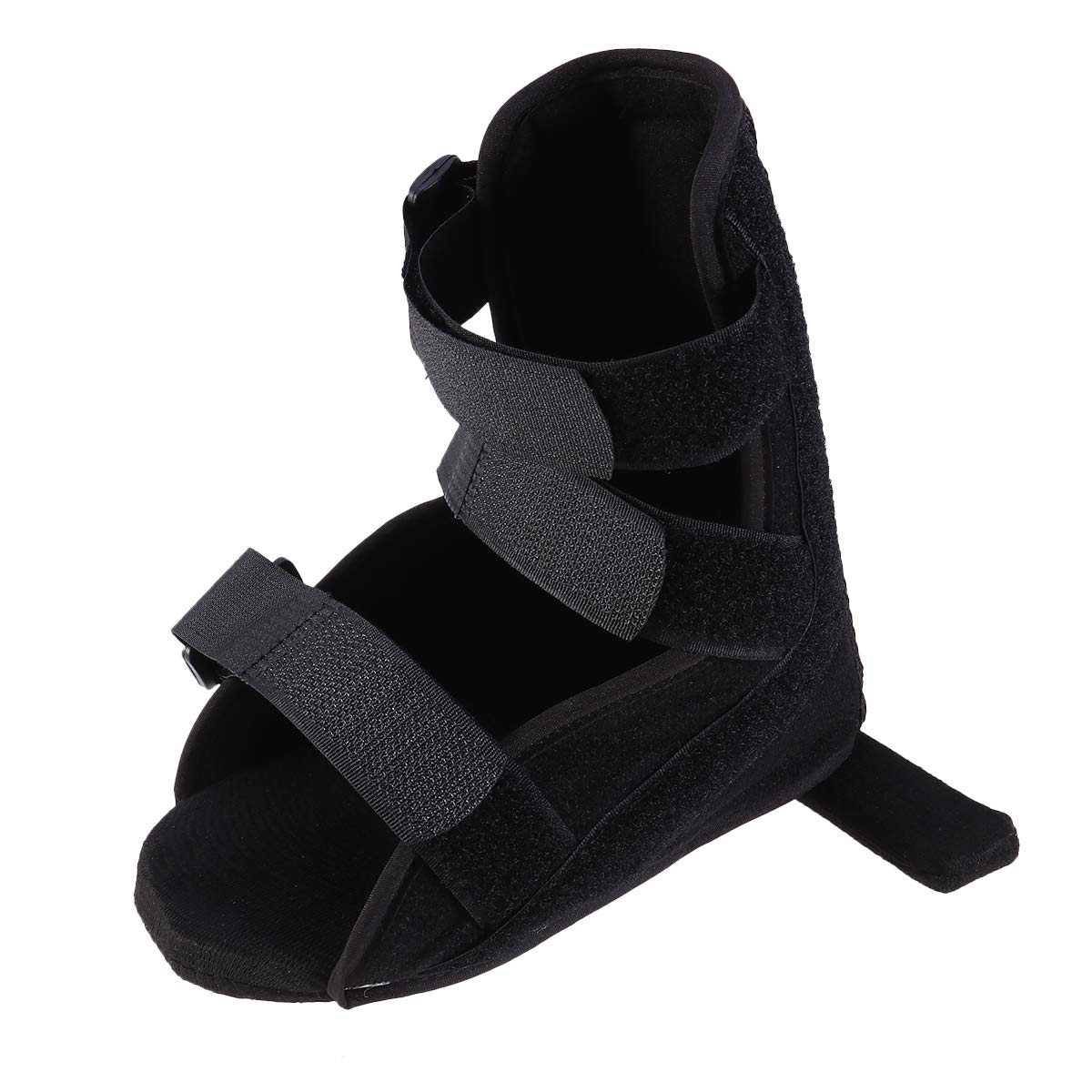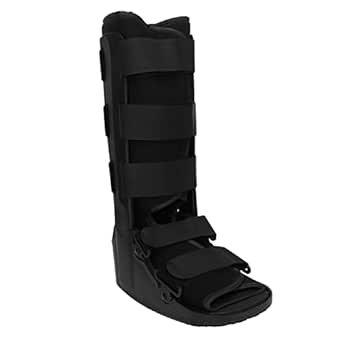Breaking a toe can be a painful and frustrating experience. Not only does it limit your mobility, but it also requires careful consideration when it comes to footwear. Choosing the right boot can significantly aid in recovery, providing support and protection while ensuring comfort during the healing process. In this guide, we’ll explore the key factors to consider when selecting the right boot for your broken toe, discuss available options, and provide helpful tips to enhance your recovery journey.
Understanding the Importance of Proper Footwear

Wearing the correct footwear after a toe injury is crucial for several reasons:
- Protection: A good boot can shield your injured toe from further trauma.
- Support: Proper footwear can provide the necessary support to reduce pain and prevent misalignment.
- Comfort: Choosing the right boot can alleviate discomfort and improve your overall mobility.
- Prevention of Complications: Inadequate footwear may lead to complications such as infections or chronic pain.
In light of these factors, it’s essential to know what to look for in a boot after a toe fracture.
Key Features to Look for in a Boot

When searching for the right boot to accommodate a broken toe, consider the following features:
- Stiff Sole: A stiff sole can help immobilize the foot, reducing movement that might aggravate the injury.
- Wide Toe Box: A boot with a wider toe box allows for more space, preventing pressure on the injured toe.
- Adjustable Straps: Boots with adjustable straps permit a customized fit, which is particularly beneficial if swelling occurs.
- Lightweight Material: A lightweight boot reduces fatigue and makes walking easier while you’re healing.
- Good Arch Support: Proper arch support is vital for maintaining foot stability and distributing weight evenly.
Types of Boots for a Broken Toe

There are various types of boots designed specifically for foot injuries. Each has its unique features and benefits:
1. Medical Walking Boots

Medical walking boots, often referred to as “fracture boots,” are designed specifically for patients with foot or ankle injuries. They offer several advantages:
- Rigid Support: These boots provide rigid support to the foot and ankle, limiting mobility and promoting healing.
- Shock Absorption: Many models come with shock-absorbing soles that cushion each step.
- Easy to Wear: Medical boots are typically easy to put on and take off, which is beneficial for daily use.
2. Hiking Boots
If you’re looking for a durable option that offers good support, consider hiking boots. They provide:
- Stiffness: Most hiking boots have a stiff sole that can help immobilize the foot.
- Breathability: Many hiking boots are designed with breathable materials to keep your feet comfortable.
- Traction: A good grip is essential for stability and preventing slips during recovery.
3. Athletic Shoes

In some cases, a supportive athletic shoe may suffice for less severe breaks. Look for:
- Minimal Toe Box Pressure: Choose styles that don’t put pressure on the toe.
- Cushioning: A well-cushioned shoe can help reduce discomfort while walking.
- Stability Features: Good arch support and heel stability are essential for recovery.
How to Properly Fit Your Boot
Once you’ve selected a boot, proper fitting is essential for effective healing. Follow these steps to ensure a good fit:
- Try Them On: Always try on boots with the type of socks you would normally wear.
- Check for Tightness: Ensure that the boot is snug but not too tight; you should be able to wiggle your toes comfortably.
- Walk Around: Take a few steps to ensure that the boot provides adequate support without causing pain.
- Observe Your Foot: After wearing the boot for a while, check for signs of irritation or pressure points.
When to Consult a Healthcare Professional
While many toe fractures can be managed with proper footwear, there are instances when you should consult a healthcare professional:
- Severe Pain: If pain persists or worsens, it’s crucial to seek medical advice.
- Swelling or Redness: Increased swelling, redness, or warmth around the toe may indicate complications.
- Difficulty Walking: If walking becomes increasingly difficult, it may require professional evaluation.
- Signs of Infection: Look for signs like drainage, fever, or increased pain, as these may indicate an infection.
Tips for Enhancing Recovery

In addition to wearing the right boot, consider these tips to facilitate a speedy recovery:
- Rest: Allow your foot time to heal by minimizing weight-bearing activities.
- Ice: Apply ice to reduce swelling and relieve pain.
- Elevation: Keep your foot elevated to help reduce swelling.
- Follow Medical Advice: Adhere to any recommendations from your healthcare provider regarding activity levels and follow-up appointments.
Finding the right boot for your broken toe is crucial for effective healing and comfort during recovery. With careful consideration of support, fit, and type of footwear, you can significantly enhance your healing process. Remember to prioritize features like a stiff sole, wide toe box, and adjustable straps while selecting your boot. Additionally, always consult with a healthcare professional if you experience persistent pain or complications. By following this comprehensive guide, you can ensure a smoother recovery and get back on your feet sooner.